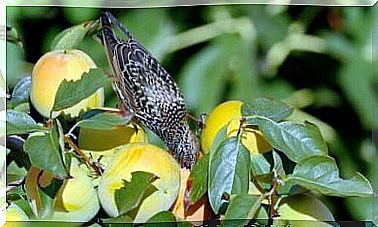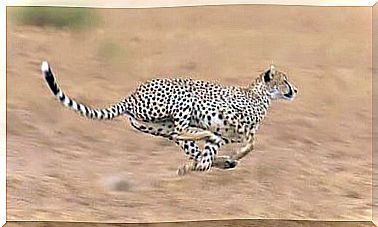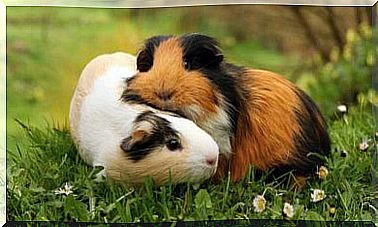The Yak: A Large Herbivorous Mammal
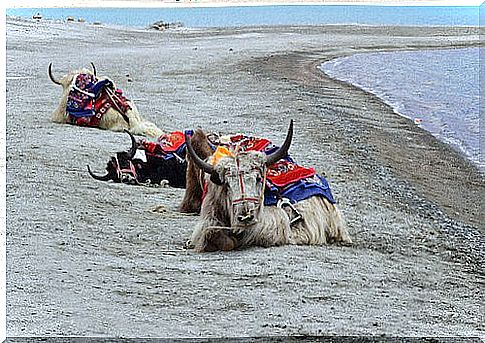
The yak is a species of ox that lives in the mountains of Tibet between 4000 and 6000 meters of altitude. In these mountains we can find it in the wild or domesticated.
The IUCN considers this animal a vulnerable species. Therefore, the areas where it lives are protected areas.
Is the yak a domestic species?
The yak is a large herbivorous mammal belonging to the bovidae family (cows and bulls). Its coat is abundant and woolly and protects it from the low temperatures that exist in Tibet and which in winter can reach 40 degrees Celsius below zero.
In nature, the yak can weigh up to 1,000 kilograms and be nearly two meters tall. Domesticated specimens tend to be smaller. Furthermore, males are almost twice as large as females.
The yak has an elongated body with a hump at the height of the shoulders and horns curved upwards and inwards that reach about one meter in length and 15-20 centimeters in diameter.
Currently, few wild specimens exist. Most yaks are in fact domesticated animals that provide their owners with meat, milk and wool.
This ox is also used as a pack animal due to its ability to carry up to 150 kilograms of cargo when climbing. Yak milk is high in fat and is also used to make cheese and butter.
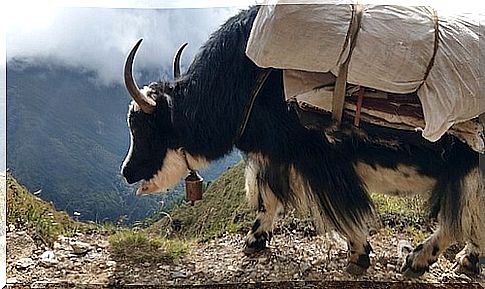
The wool is long and rough and with it the Tibetans make blankets to keep warm. Manure is used as fuel.
This bovine is essential for the survival of the Tibetan populations and local families adorn their yaks with colored ribbons to differentiate them from those of others.
How do you live?
The yak is a gregarious animal that lives in groups in which there are females, cubs, young individuals and at most one or two males. In the mating season, males compete for females by fighting each other. The Tibetan ox only reproduces twice a year.
This animal feeds mainly on plants and perennial rushes found in the mountainous regions of Asia. Therefore, between the various seasons of the year, the herds move to areas where pastures are more abundant.
Thanks to its large size, the yak has no natural predators in the mountainous areas where it lives. It is only the human being who uses it to work and as a source of food. When they die, these animals provide a large amount of food to necrophagous species such as the bearded vulture.
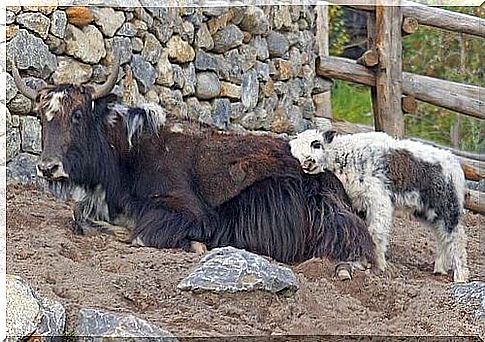
Puppies and juveniles can be victims of wolf attacks. For this reason, the pack protects them by placing them inside.
Behavior of yaks
This large bull is most active at sunrise and sunset. In addition, he is an excellent climber and easily moves on rocky and steep terrain covered by snow.
The docile character of this animal has favored its domestication, which dates back to more than 3000 years ago. It is very common to see crossbreeds of yaks with cows that give birth to fertile specimens that have a higher amount of fat and have a higher milk production. In fact, this is due to the physical differences between wild and domestic yaks.
Yak curiosities
Unlike other bovids, the yak has an extra pair of ribs which serve to contain a larger heart and lungs due to the adaptation of these animals to the low oxygen levels present in the Tibetan mountain altitudes where they live.

Furthermore, thanks to a smaller number of sweat glands, these animals avoid losing heat through perspiration. In the summer, they sometimes climb to higher altitudes just to cool off. Yaks are very fond of water and it is not uncommon to see them bathing in mountain lakes.

